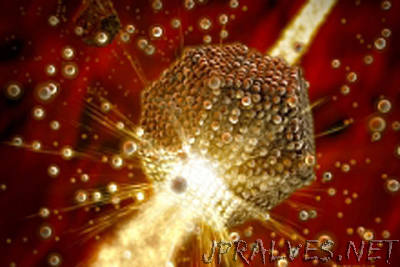
“Some of the world’s tiniest crystals are known as “artificial atoms” because they can organize themselves into structures that look like molecules, including “superlattices” that are potential building blocks for novel materials. Now scientists from the Department of Energy’s SLAC National Accelerator Laboratory and Stanford University have made the first observation of these nanocrystals rapidly forming superlattices while they are themselves still growing. What they learn will help scientists fine-tune the assembly process and adapt it to make new types of materials for things like magnetic storage, solar cells, optoelectronics and catalysts that speed chemical reactions. The key to making it work was the serendipitous discovery that superlattices can form superfast – in seconds rather than the usual hours or days – during the routine synthesis of nanocrystals. The scientists used a powerful beam of X-rays at SLAC’s Stanford Synchrotron Radiation Lightsource (SSRL) to observe the growth of nanocrystals and the rapid formation of superlattices in real time. A paper describing the research, which was done in collaboration with scientists at the DOE’s Argonne National Laboratory, was published today in Nature. “The idea is to see if we can get an independent understanding of how these superlattices grow so we can make them more uniform and control their properties,” said Chris Tassone, a staff scientist at SSRL who led the study with Matteo Cargnello, assistant professor of chemical engineering at Stanford.”
